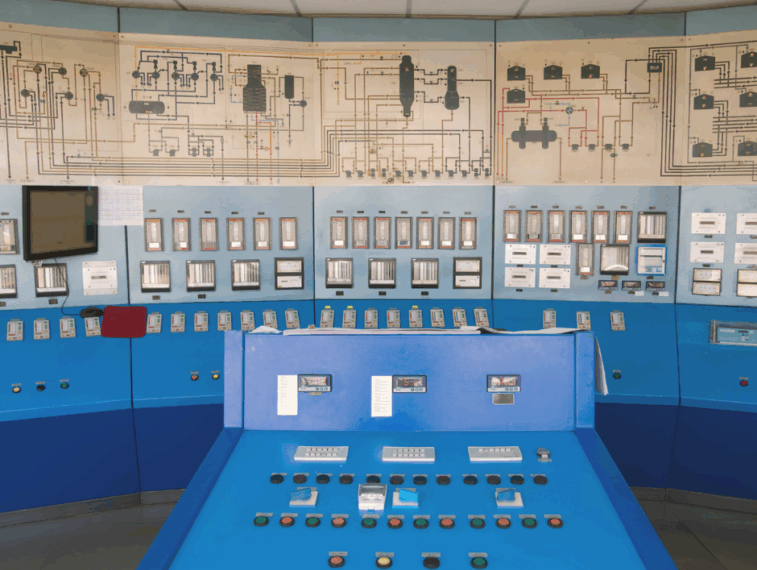Overview:
With the approaching obsolescence of legacy control systems, a major Midwest refinery took proactive steps to modernize its Distributed Control System (DCS) infrastructure. The existing Honeywell system, composed of approximately 80% TDC3000/HPM and 20% C300 controller technology, faced increasing risks tied to aging hardware, limited vendor support, and reduced reliability. As Honeywell’s announced end-of-support for HPM controllers nears in 2025, the refinery engaged Nexus to evaluate the next phase of its multi-year modernization strategy, aligning system upgrades with an upcoming turnaround.
Reliable and well-integrated process control is critical for safe, stable, and efficient refinery operations. By investing in DCS upgrades, the client is positioning itself for improved system performance, enhanced diagnostics, greater flexibility, and long-term maintainability. For many refineries still operating with aging infrastructure, the risks of unplanned downtime, costly emergency workarounds, and diminishing technical support are increasing. This project serves as a model for how targeted upgrades, phased in alignment with TAR schedules, can reduce operational risk and support smarter, more resilient operations.
Challenge:
The refinery’s control infrastructure was at a critical inflection point. With the majority of its system still operating on Honeywell’s TDC3000/HPM platform, the site faced growing concerns around hardware obsolescence, vendor support limitations, and operational risk. Honeywell’s formal end-of-support date for HPM controllers in 2025 added urgency to the effort. While a portion of the refinery had already transitioned to C300 technology, the remaining HPM footprint represented a significant exposure if not addressed before the next turnaround.
Complicating the upgrade planning were the interconnected layers of the refinery’s instrumentation and controls. Hardware conversions had to be carefully aligned with existing SIS initiatives and potential shifts in safety system platforms. Accurate cabinet-level evaluations were required to understand physical layout constraints, power supply needs, and environmental controls. In addition, reliable cost forecasting was essential to support investment decisions, requiring careful scoping of I/O counts, programming replication, and future expansion plans. The refinery turned to Nexus to bring clarity, coordination, and technical depth to move the project forward with confidence.
Solution:
Nexus began by conducting a detailed evaluation of the existing HPM architecture, identifying the cabinets targeted for conversion, and assessing compatibility with Honeywell’s EHPM and C300 technologies. The team worked closely with site stakeholders to verify controller requirements, switch configurations, and software considerations—ensuring that all hardware selections would integrate seamlessly into the refinery’s long-term control strategy.
As part of the effort, Nexus also evaluated requirements for uninterrupted power supply (UPS) modifications to support the new control hardware. Considerations related to the refinery’s ongoing SIS project were reviewed in parallel, with the team accounting for potential transitions to Triconex and future Safety Manager deployments. Throughout the process, Nexus coordinated with vendors including Honeywell and L&A to develop cost inputs for both hardware and control logic replication, forming the basis of a Class IV Total Installed Cost (TIC) estimate.
By combining hardware planning with cost modeling, scope refinement, and coordination with parallel project teams, Nexus delivered a robust package to support the Define and Execute Stages of the DCS modernization program. The result is a forward-looking plan that minimizes risk during the upcoming turnaround, supports future SIS integration, and ensures the refinery remains in full control of its operational reliability.




